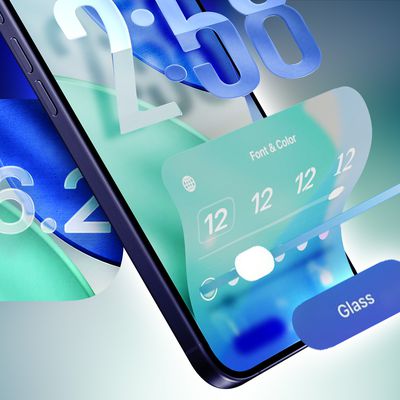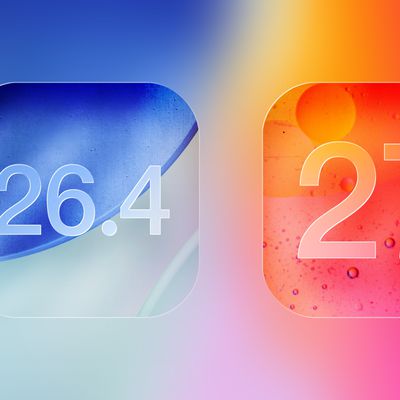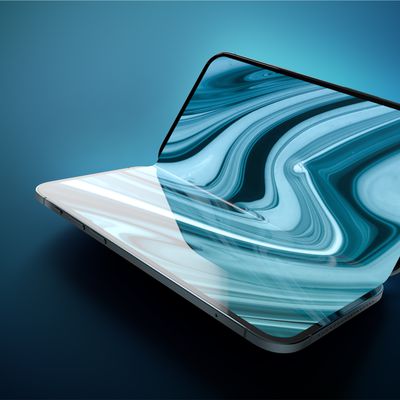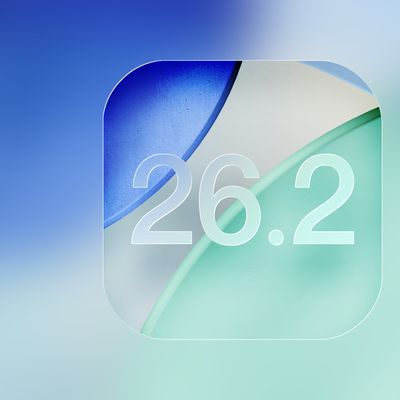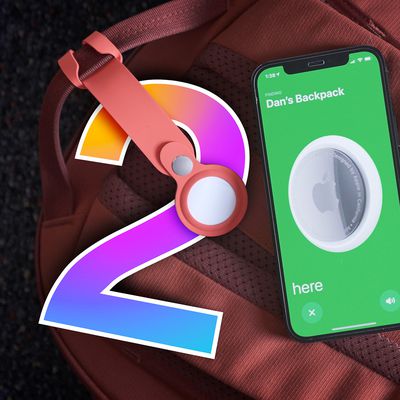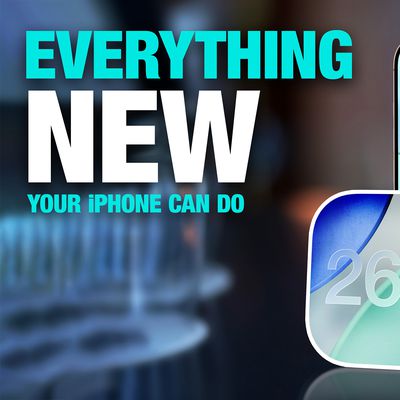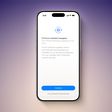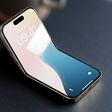Apple's Lightning to 30-Pin Adapter Torn Apart, Reveals Several Chips and Copious Glue
Peter from Double Helix Cables has made a guest post on Gizmodo showing his work to tear down Apple's new Lightning to 30-pin Adapter that began shipping earlier this week. Apple has come under a fair amount of criticism for charging $29 for the basic adapter and $39 for one with a short cable, but Peter notes that based on the electronics inside and the durability of the adapter, the company may have good reason for its pricing.
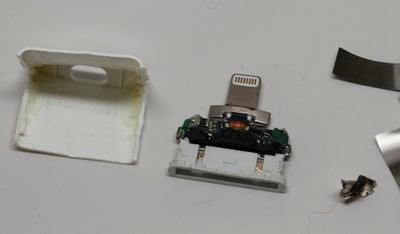
Apple's Lightning connector uses a controller chip to dynamically assign functionalities to the eight pins found in the connector, enabling it to adapt to different situations. The Lightning to 30-pin Adapter is no exception, containing several chips required to allow that flexible functionality to be passed through to devices using the old dock connector design.
The chips look unfamiliar, but with the same metal finish and some have lasered text. They all appear to be custom and trying to figure out what does what is fruitless. I really took this apart for the DIY community to ascertain if the DAC [digital-to-analog converter] in this thing is actually good, but it's quite unclear. It's probably some integrated audio circuitry in a larger processing chip, that's how these things tend to be done now. One of the chips reads Apple on it with a very long serial number. Another reads 8533 23AP CAB.
Peter notes that underneath the plastic shell of the adapter is a significant amount of metal and glue holding the device together and providing strength and durability. The construction makes the adapter extremely difficult to crack open and does not bode well for those seeking to modify the adapter to add functionality.
I really had high hopes that I could get into this thing and attach an audio output cable, but I should have known better. This thing is even more fearsomely reinforced than the Lightning USB cord, by a factor of 10, surely to thwart those that want to hack it, and also so that it cannot break easily. Nobody should balk at paying $29 for this after they see what is inside, though.
Despite the complexity of the adapter evidenced its $29 price tag, integrated electronics, and sturdy construction, the device has also been receiving criticism for incompatibility with a number of accessories. Users have been reporting mixed results in using the adapter with their 30-pin accessories, and users hoping to plug in the adapter with a case on their iPhone 5 may find that the adapter's bulk prevents it from working with all but the thinnest cases or cases with nearly fully open bottom edges. As a result users with cases on their iPhones may prefer to opt for the more expensive cable-equipped adapter that uses a standard-sized Lightning connector assembly rather than embedding the connector directly into the bulky adapter.
Popular Stories
Apple seeded the second iOS 26.2 Release Candidate to developers earlier this week, meaning the update will be released to the general public very soon.
Apple confirmed iOS 26.2 would be released in December, but it did not provide a specific date. We expect the update to be released by early next week.
iOS 26.2 includes a handful of new features and changes on the iPhone, such as a new...
Google Maps on iOS quietly gained a new feature recently that automatically recognizes where you've parked your vehicle and saves the location for you.
Announced on LinkedIn by Rio Akasaka, Google Maps' senior product manager, the new feature auto-detects your parked location even if you don't use the parking pin function, saves it for up to 48 hours, and then automatically removes it once...
Apple today released new firmware designed for the AirPods Pro 3 and the prior-generation AirPods Pro 2. The AirPods Pro 3 firmware is 8B30, up from 8B25, while the AirPods Pro 2 firmware is 8B28, up from 8B21.
There's no word on what's include in the updated firmware, but the AirPods Pro 2 and AirPods Pro 3 are getting expanded support for Live Translation in the European Union in iOS...
Macworld's Filipe Espósito today revealed a handful of features that Apple is allegedly planning for iOS 26.4, iOS 27, and even iOS 28.
The report said the features are referenced within the code for a leaked internal build of iOS 26 that is not meant to be seen by the public. However, it appears that Espósito and/or his sources managed to gain access to it, providing us with a sneak peek...
Apple has ordered 22 million OLED panels from Samsung Display for the first foldable iPhone, signaling a significantly larger production target than the display industry had previously anticipated, ET News reports.
In the now-seemingly deleted report, ET News claimed that Samsung plans to mass-produce 11 million inward-folding OLED displays for Apple next year, as well as 11 million...
Apple today released iOS 26.2, the second major update to the iOS 26 operating system that came out in September, iOS 26.2 comes a little over a month after iOS 26.1 launched. iOS 26.2 is compatible with the iPhone 11 series and later, as well as the second-generation iPhone SE.
The new software can be downloaded on eligible iPhones over-the-air by going to Settings >...
The AirTag 2 will include a handful of new features that will improve tracking capabilities, according to a new report from Macworld. The site says that it was able to access an internal build of iOS 26, which includes references to multiple unreleased products.
Here's what's supposedly coming:
An improved pairing process, though no details were provided. AirTag pairing is already...
Apple is about to release iOS 26.2, the second major point update for iPhones since iOS 26 was rolled out in September, and there are at least 15 notable changes and improvements worth checking out. We've rounded them up below.
Apple is expected to roll out iOS 26.2 to compatible devices sometime between December 8 and December 16. When the update drops, you can check Apple's servers for the ...
Apple is working on a smart home hub that will rely heavily on the more capable version of Siri that's coming next year. We've heard quite a bit about the hub over the last two years, but a recent iOS 26 code leak provides additional insight into what we can expect and confirms rumored features.
Subscribe to the MacRumors YouTube channel for more videos.
Macworld claims to have access to an ...



